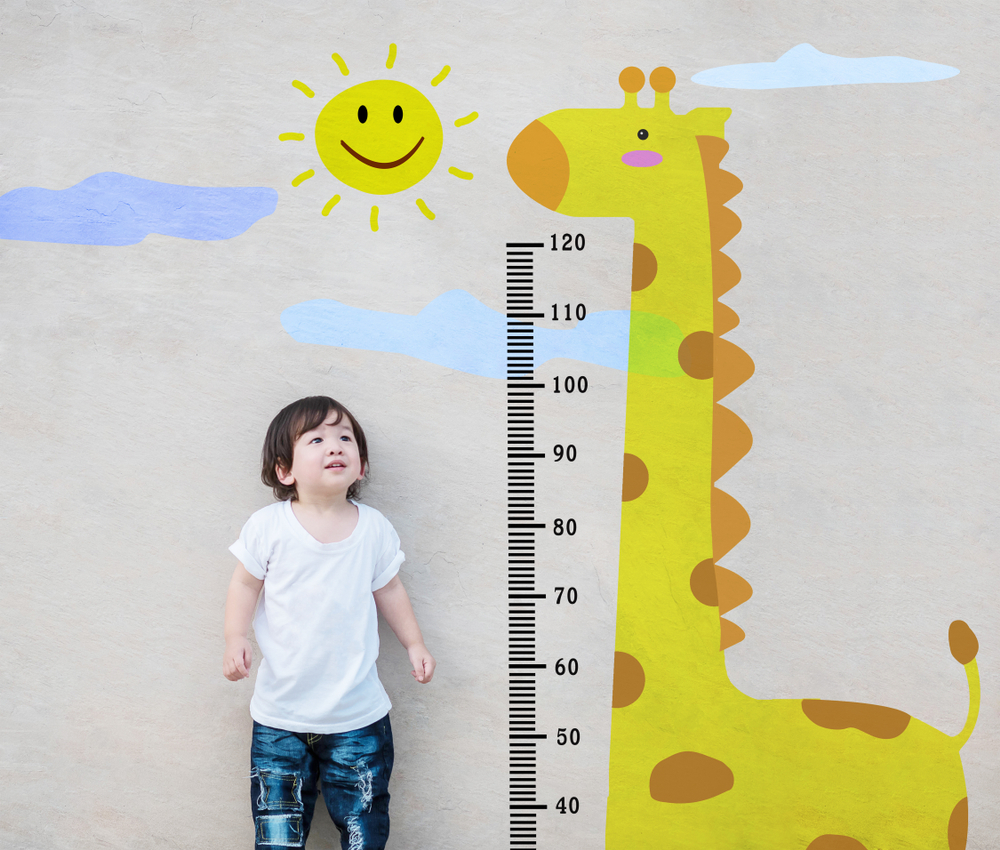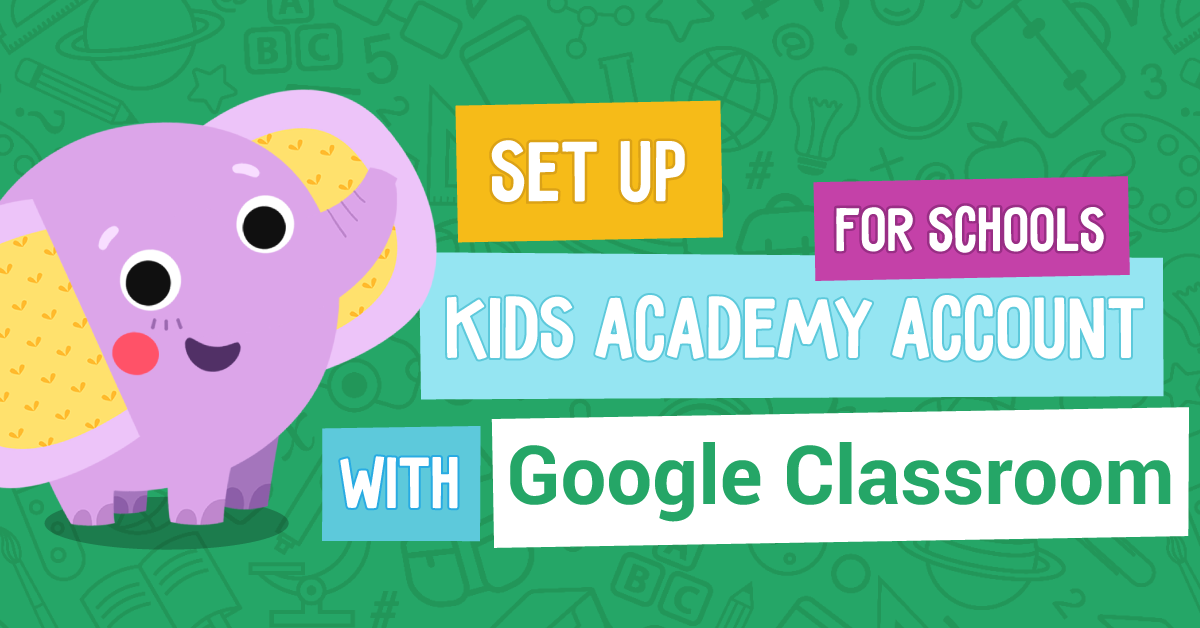Understanding sequencing Worksheets for 6-Year-Olds
6 filtered results
-
From - To
Explore our "Understanding Sequencing Worksheets for 6-Year-Olds," designed to develop essential skills in young learners. These worksheets help children grasp the concept of order as they engage in fun, educational activities. Kids will practice placing events, numbers, and pictures in the correct sequence, enhancing their logical thinking and problem-solving abilities. Each worksheet is crafted to be age-appropriate, ensuring an enjoyable learning experience. Parents and teachers will find these resources valuable for reinforcing classroom learning or homeschooling. Nurture your child's cognitive growth with our interactive and effective sequencing worksheets!
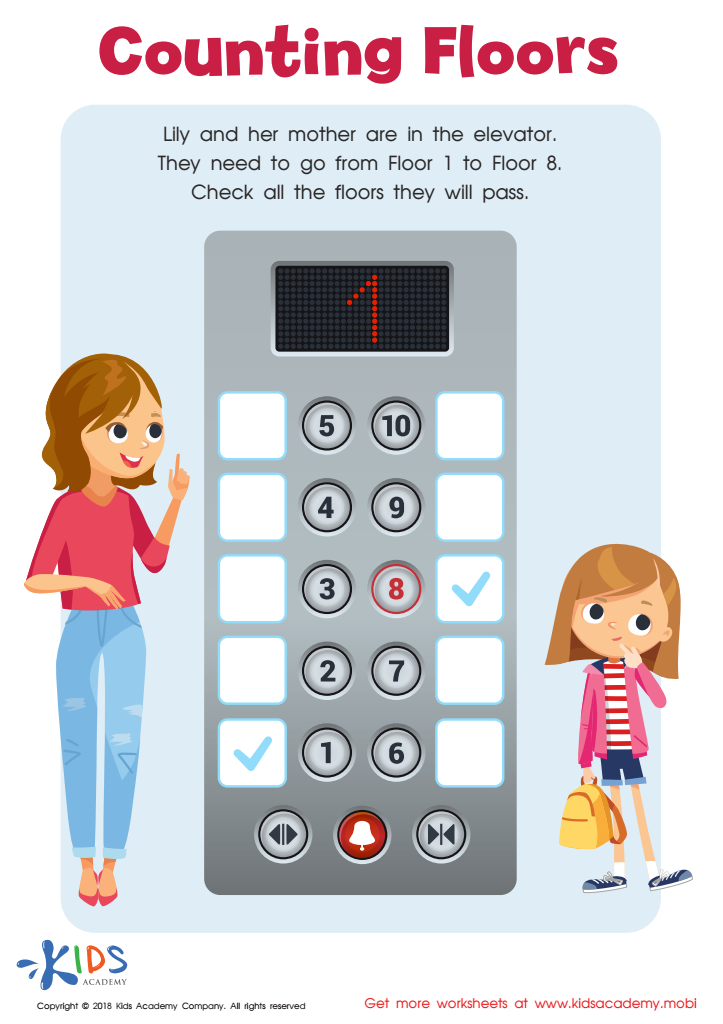

Counting Floors Worksheet
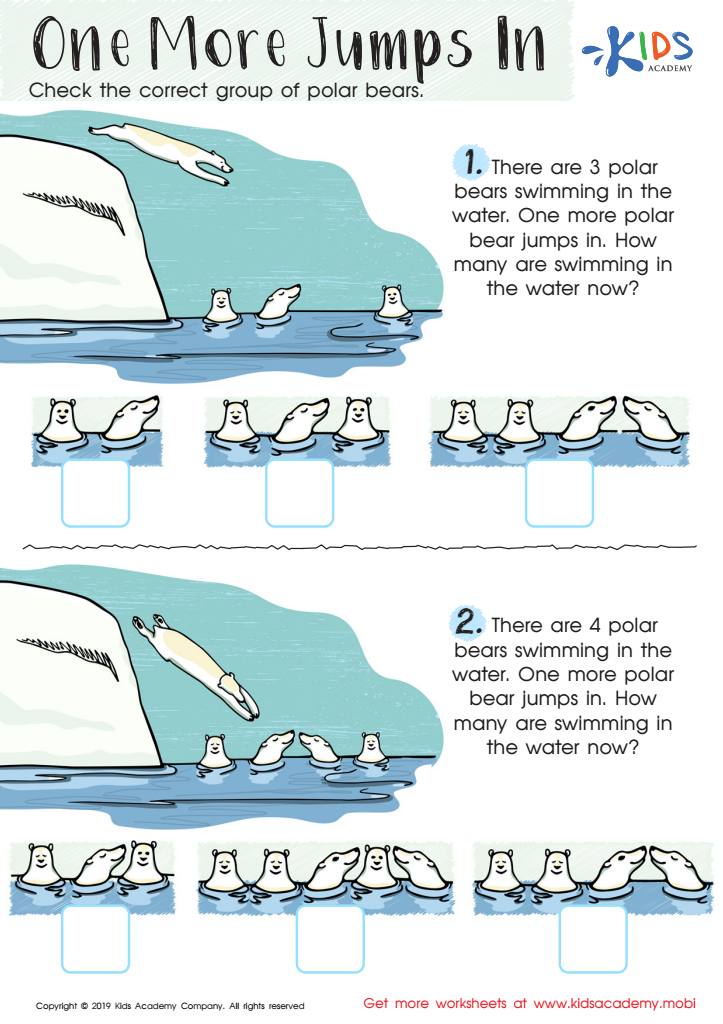

One More Jumps In Worksheet
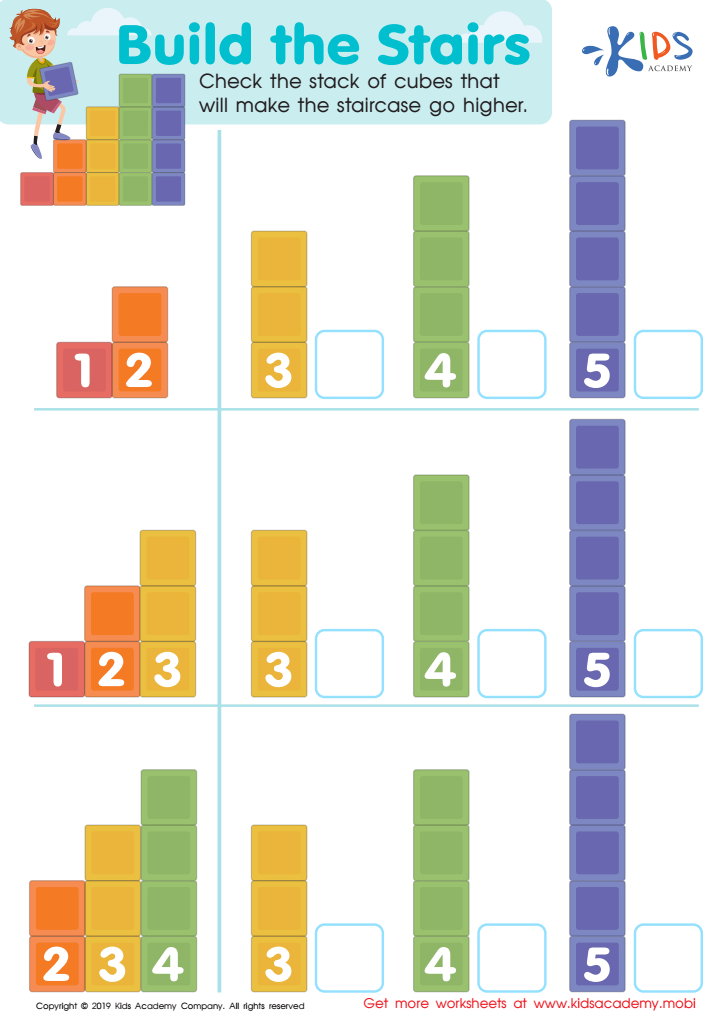

Build the Stairs Worksheet


Sequence: A Day at the Park Worksheet
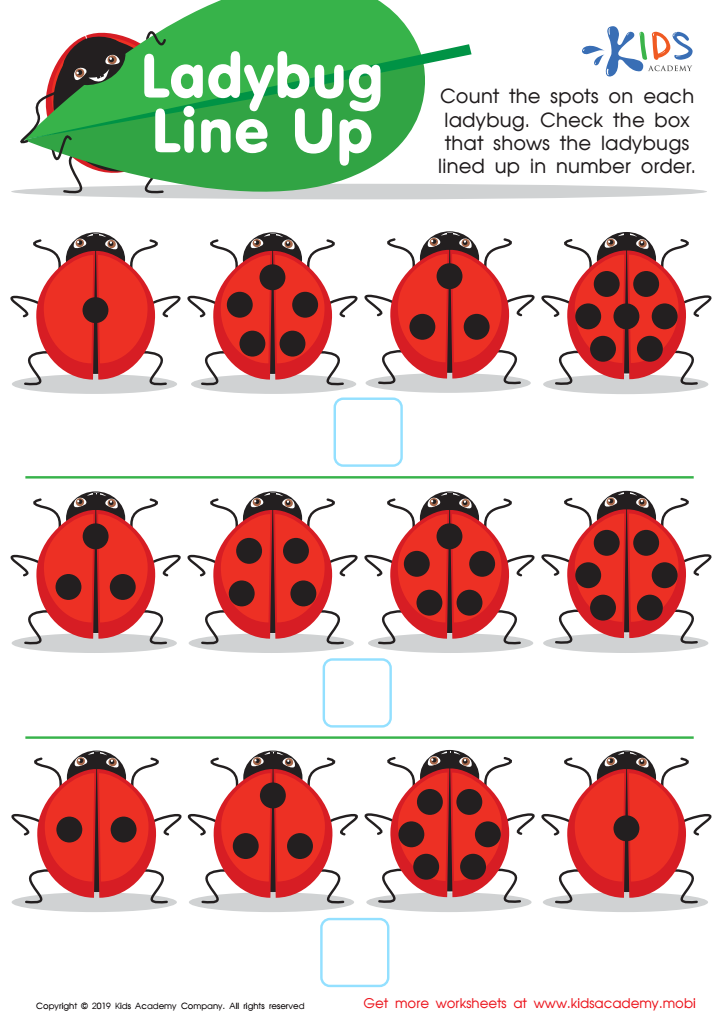

Ladybug Line Up Worksheet
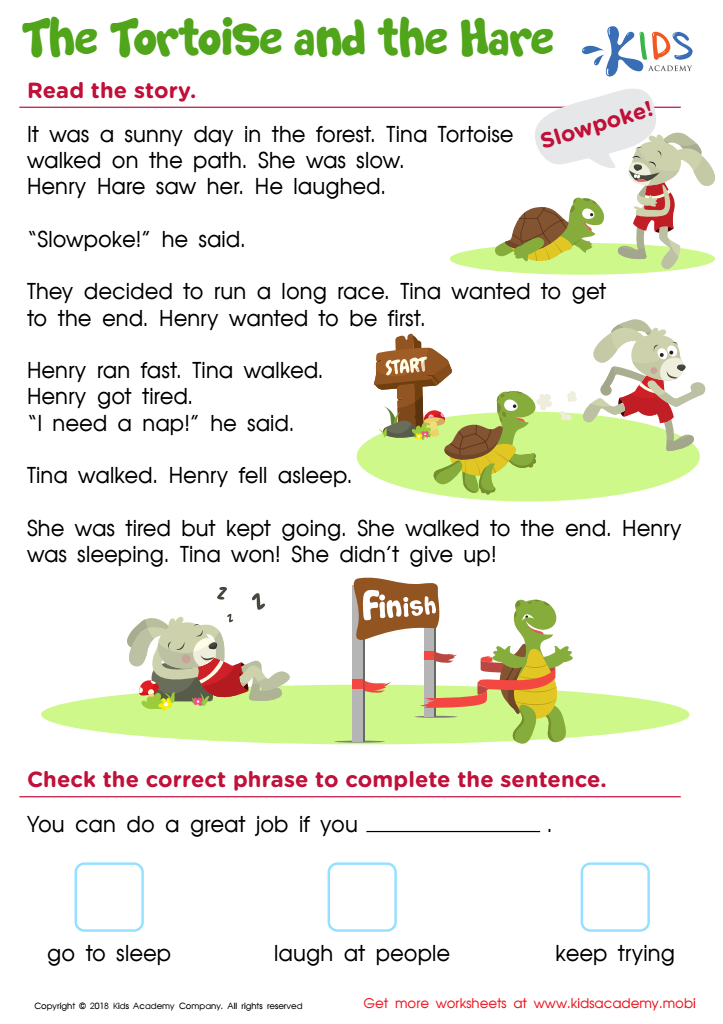

The Tortoise and the Hare Worksheet
Understanding sequencing is a foundational skill crucial for 6-year-olds, laying a vital base for their cognitive, language, and reading development. Sequencing, or the ability to understand the order of events and ideas, helps children make sense of their experiences, instructions, and stories. For parents and teachers, fostering this skill has several significant benefits.
Firstly, sequencing improves comprehension and critical thinking. When children grasp the order of events, they can better follow complex instructions and retell stories accurately, enhancing their learning and daily functioning. It promotes logical thinking, enabling them to predict outcomes and understand cause and effect, which are crucial for problem-solving.
Secondly, mastery in sequencing translates directly to literacy skills. By understanding story structure—beginning, middle, and end—children enhance their narrative skills, aiding them in both reading and writing tasks. As students decode and spell words, sequencing helps them recognize patterns and understand word order, essential for fluency and coherence in reading.
Furthermore, strong sequencing skills contribute to emotional and social development. When children can recount events clearly, it bolsters their communication skills, making it easier to interact effectively with peers and adults.
For these reasons, prioritizing sequencing in early education paves the way for well-rounded, capable learners ready for future academic and social challenges.

 Assign to My Students
Assign to My Students


